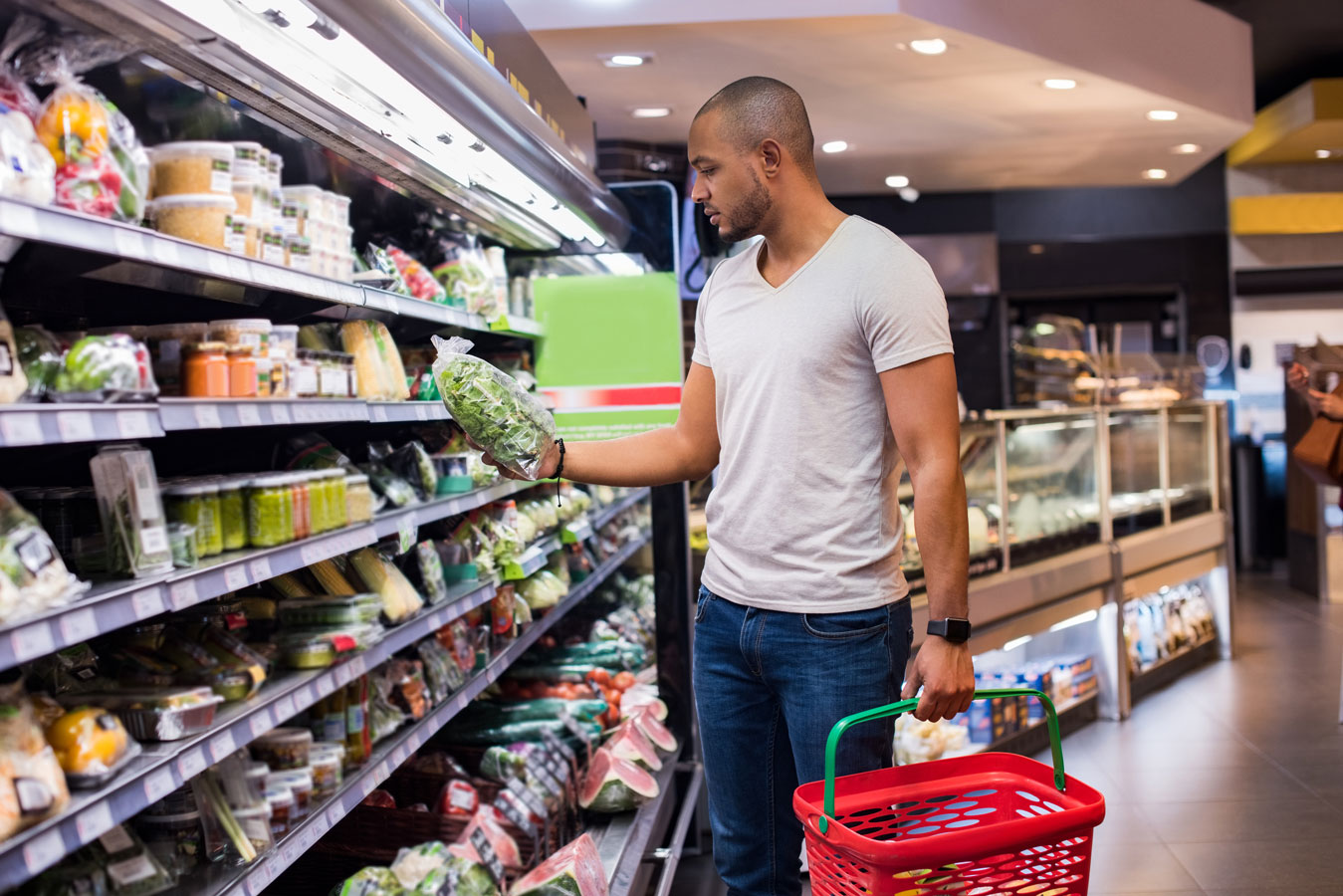It’s Safe to Eat Salad Again . . . or is it?

“Eat your vegetables!” We’ve been told that since we were kids. With several E. coli outbreaks linked to romaine lettuce over the last few months, you may be wondering if it’s truly safe to eat salad again.
To clear up the confusion, we asked registered dietitian Luis Garces to address these concerns. He is affiliated with the University of Miami Health System.
Avoiding hidden dangers
Salad dressing isn’t the only thing that sticks to lettuce leaves. Microscopic bacteria such as E. coli adhere easily to the crevices of leafy greens and can even penetrate inside lettuce. During the outbreaks, consumers were advised to avoid romaine from Yuma, Arizona, the source of the contaminated greens. Romaine is once again considered safe, but there are several things to keep in mind when eating salads.
Safety first
Prioritize safety over convenience – buy bunched or whole head lettuce versus pre-bagged greens. “Pre-chopping greens breaks up the surface area and increases exposure to bacteria. Whole head lettuce offers more protection,” Garces says. The same holds true for meat – ground meat increases the risk of bacterial exposure. “If you like your hamburger cooked with some pink remaining, buy whole beef at the store, then grind it at home.”
When preparing salad greens, remove the outer leaves of lettuce. They are the most vulnerable to bacterial contact. Wash the remaining leaves thoroughly.
Identify the source
“Make friends with your produce manager. Ask questions about the source of the vegetables and fruit you buy. Also, be aware that produce from countries outside the U.S. may have different safety standards,” says Garces.
Turn up the heat
Another safe way to get your greens is to sauté, steam or stir fry them. “Brief cooking eliminates bacteria and preserves nutrients. Spinach, kale and broccoli are good options.”
Raise the bar
As a general rule, avoid salad bars. “When raw foods such as lettuce are exposed to air for long periods, it increases risk of infection.” Likewise, open salad bars offer little protection from sneezing or coughing restaurant patrons.
Be aware
Stay informed – watch the news, scan the headlines as you surf the internet or visit www.cdc.gov for updates.
If all else fails
Bacteria is a fact of life. According to Garces, it is present in many food items. “How much bacteria that’s in the food you’re eating determines whether you will have a little bloating and gas or a severe case of E. coli.” E. coli can occur between 24 hours to 10 days after eating contaminated food. In addition to bloating and gas, symptoms may include diarrhea, nausea, vomiting, and abdominal pain.
Treating E. coli
Most of us have a brush with food poisoning at some point. It’s miserable, but it passes. Dehydration, however, is dangerous. If you can’t keep yourself hydrated because of continual diarrhea or vomiting, see a doctor. E. coli infections will turn serious if dehydration sets in. Severe dehydration from E. coli requires supervised hydration and nutrition via intravenous (IV) fluids. According to the CDC, antibiotics are not recommended because they can lead to hemolytic uremic syndrome (HUS), a condition which affects blood and blood vessels. Antidiarrheal medications like Imodium are not recommended for the same reason.
For more information on current recalls, food poisoning symptoms, and additional food safety tips visit www.foodsafety.gov.
Nancy Moreland is a contributing writer for the UMiami Health News Blog. She has written for several major health care systems and the Centers for Disease Control and Prevention. Her writing also appears in the Chicago Tribune.
Tags: E. coli, food poisoning, food safety, Luis Garces, romaine, salad
